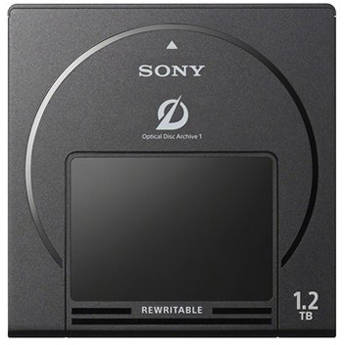Originally posted by schmidtbag
View Post
And yeah, I've had zip disks get corrupted, but still, when they came out, they were awesome. And cheaper than Jazz drives. I tried about 5 zip disks a few months back and I think 3 were readable, 1 was somewhat readable, and the 5th was a lost cause.




Leave a comment: